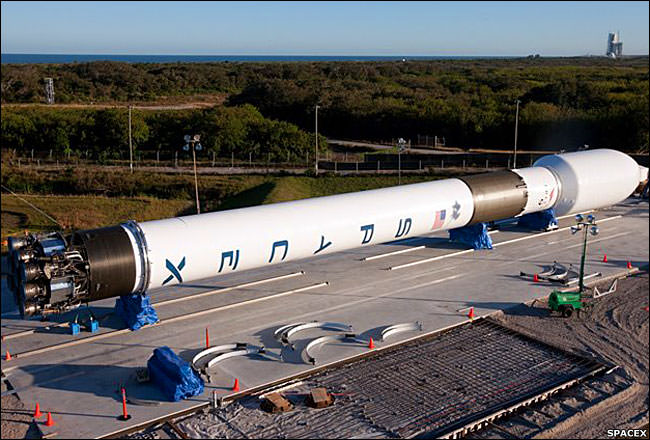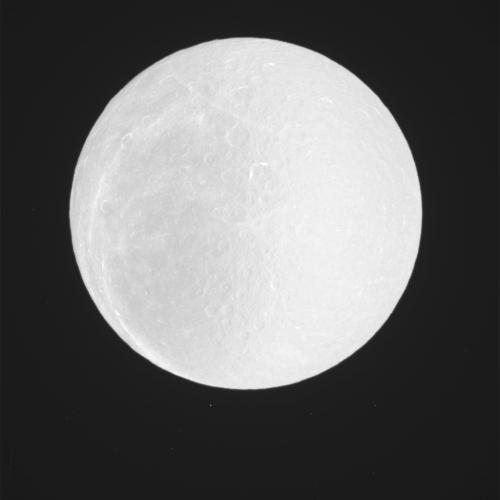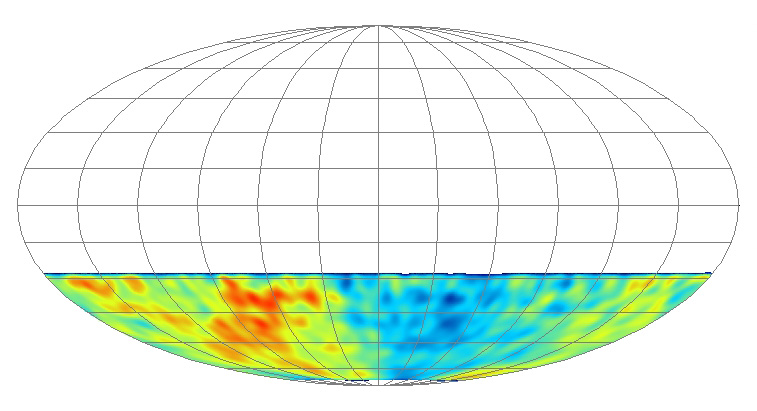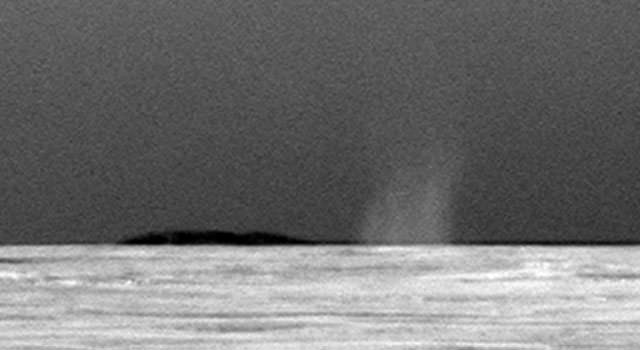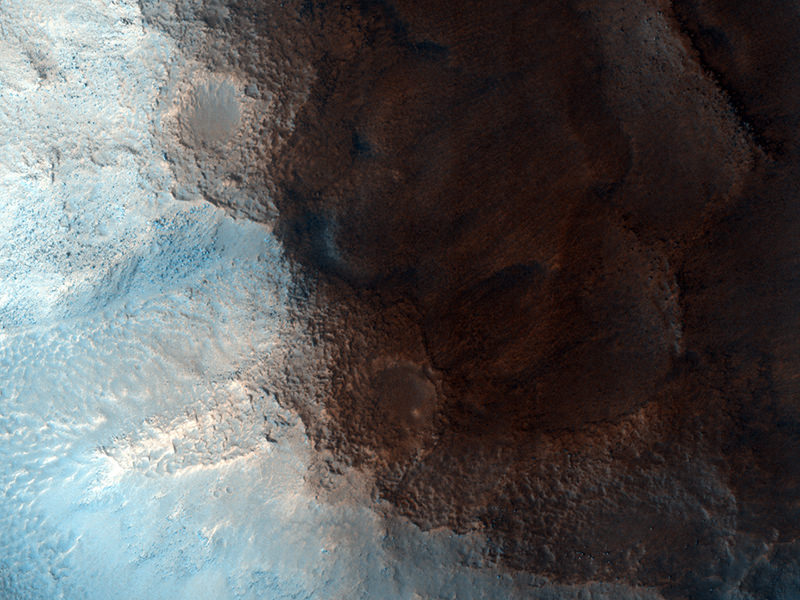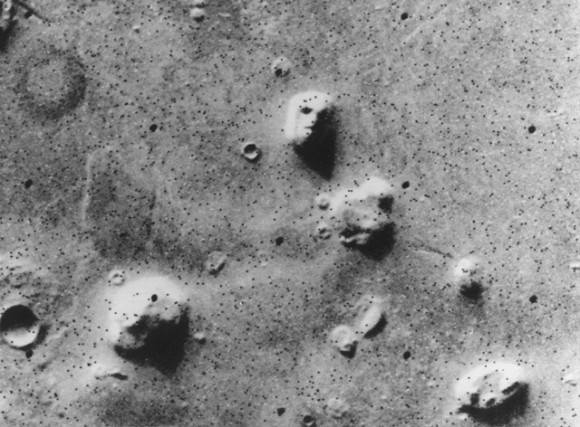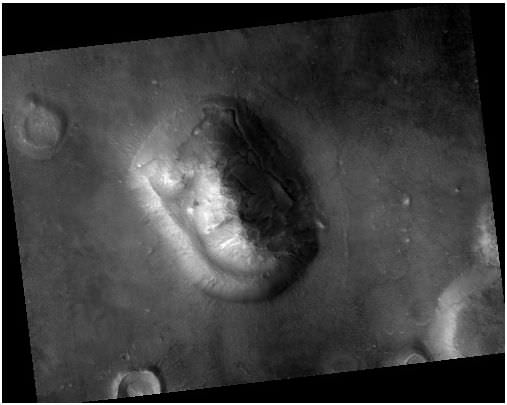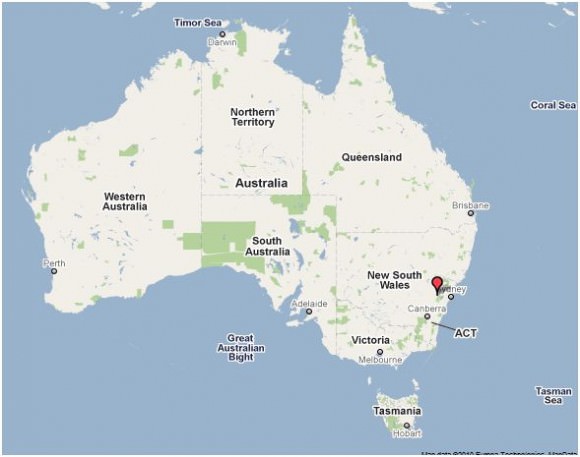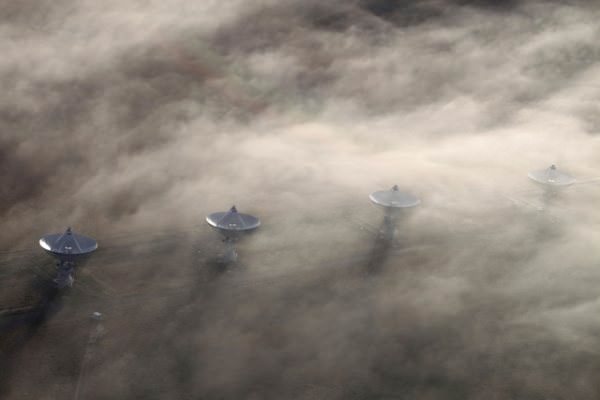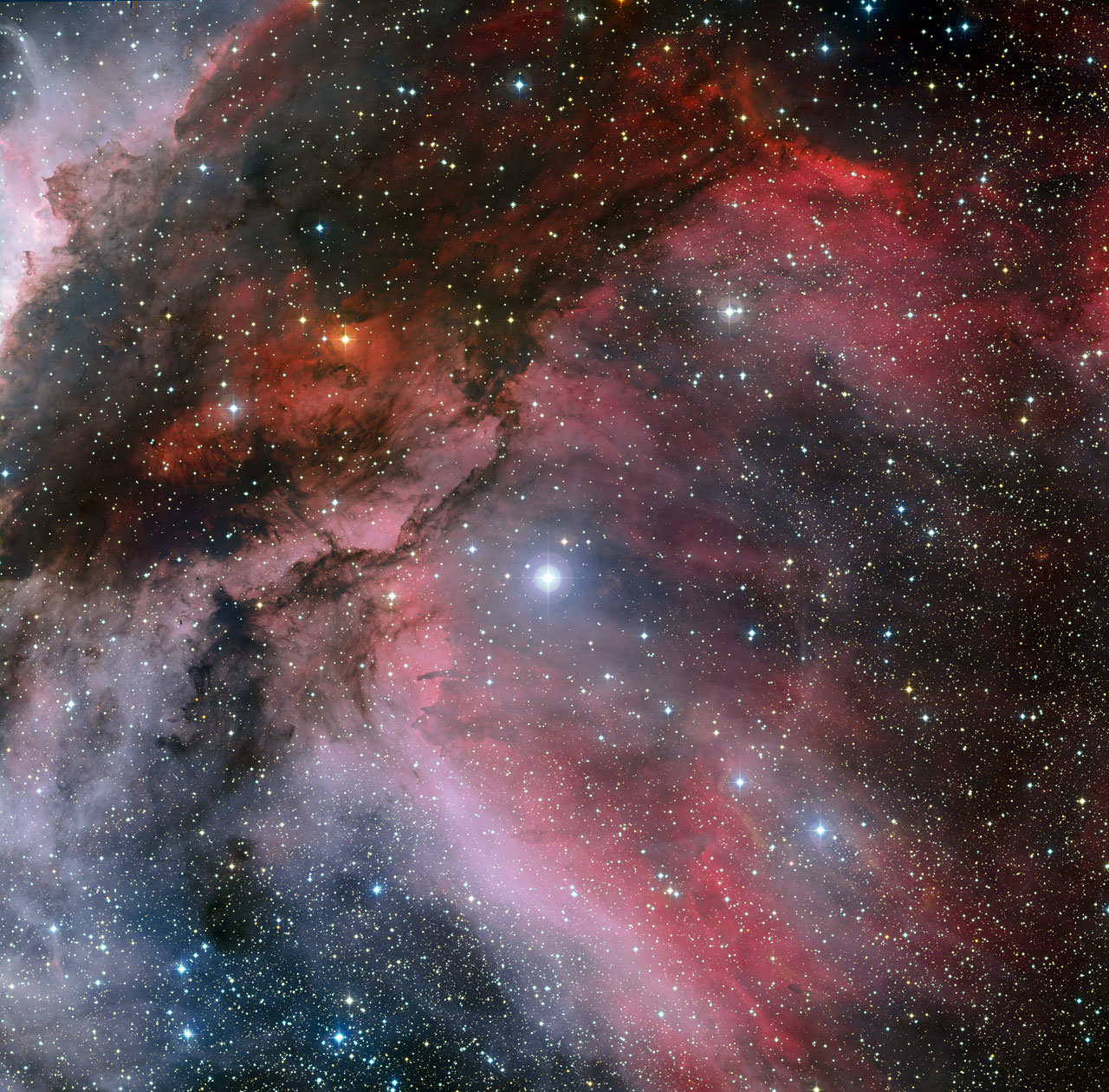[/caption]
The US House of Representatives are preparing to vote on H.R. 5781, their version of NASA’s $19 billion budget authorization for fiscal year 2011, and several groups are calling for a “no” vote, or at the very least, a delay in the vote, currently scheduled for Friday, July 30. The House version would cut much of the proposed money for commercial space development and game-changing technology development, while putting more money towards a NASA-built rocket. There’s a lot being written about this …
Here are some great articles/resources to check out:
Space Politics by Jeff Foust shares an email from SpaceX founder Elon Musk asking for US citizens to contact their representatives to vote no. (There are instructions there on how to contact your representative, as well).
The Planetary Society put out a press release asking for a delay in the vote until there’s been more discussion and debate.
Alan Boyle at MSNBC writes about the “Showdown Over Space Policy”
More on the inside stuff going on in Washington regarding NASA from Space News.
If you are undecided, take a look at this comparison of the House and Senate versions of the bill from The Space Foundation.
Rand Simberg from Popular Mechanics asks, “Is NASA being set up to fail again?”
Irene Klotz at Discovery Space uncovered some stealth funding for Constellation hidden in a bill regarding the war in Afghanistan.
ADDED on 7/30/2010:
Space News now reports that a vote on the NASA bill appears unlikely until September.
Here’s a pdf letter from two unions, the International Federation of Professional & Technical Employees (IFPTE) and the American Federation of Government Employees (AFGE) who both oppose the House NASA Reauthorization bill, HR 5781.

